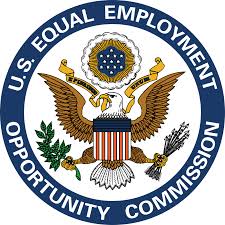 Recently, the Fifth District Court of Appeal made a very important distinction in its disability discrimination opinion Wallace v County of Stanislaus, which is highly useful to employees-plaintiffs. The court clarified, among other things, what it means to be discriminated “because of” disability. For years, the employers have been fighting disability discrimination, and often effective, by arguing in court that the employee cannot prove that the employer intended to discriminate against an employee because of his medical condition, or that the employer had some kind of ill will toward an employee because of his disability.
Recently, the Fifth District Court of Appeal made a very important distinction in its disability discrimination opinion Wallace v County of Stanislaus, which is highly useful to employees-plaintiffs. The court clarified, among other things, what it means to be discriminated “because of” disability. For years, the employers have been fighting disability discrimination, and often effective, by arguing in court that the employee cannot prove that the employer intended to discriminate against an employee because of his medical condition, or that the employer had some kind of ill will toward an employee because of his disability.
The Wallace court rejected the above notion and stated that no such requirement exists in the law. The court distinguished between disability discrimination and other types of discrimination cases and concluded: “… an employer can violate section 12940, subdivision (a) by taking an adverse employment action against an employee “because of” the employee’s physical disability even if the employer harbored no animosity or ill will against the employee or the class of persons with that disability”. This means that technical violation of disability laws, such as failing to engage in the interactive process and / or failing to provide reasonable accommodations in violation of ADA / FEHA can be the basis for employers’ liability, whether those action was taken with malice or innocently.












